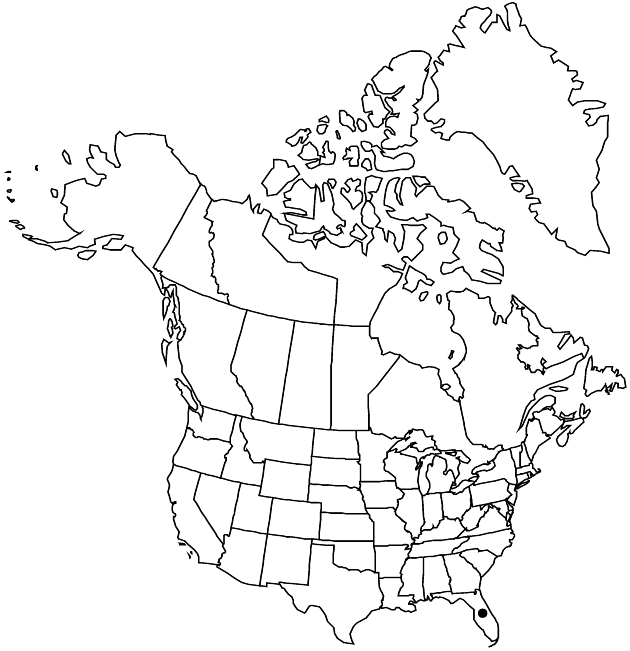Chrysopsis linearifolia subsp. linearifolia
Stems often dark purple, 30–200 cm. Leaves numerous (to 200 on tall plants), linear to narrowly linear (lengths more than 10 times widths), flat, slightly undulate, or twisted. Heads 20–100 in compact subumbelliform to paniculiform arrays.
Phenology: Flowering Sep–Nov, rarely spring.
Habitat: Sandy soils, pine and oak woods, scrub, dunes, disturbed open soils, roadsides, cleared lots
Elevation: 0–50 m
Discussion
Subspecies linearifolia is found in the Florida panhandle. These plants can be strikingly tall for the genus. Usually the array is compact; it may extend down the stem and be paniculiform in robust, late season plants. The basal rosettes can have a mixture of outer woolly, oblanceolate and inner glabrous, linear leaves. Small, depauperate plants of subsp. linearifolia could be confused with linear-leaved forms of Chrysopsis gossypina subsp. hyssopifolia, which differ in having ciliate leaf margins. Hybrids with C. lanuginosa occur in southern Bay County.
Selected References
None.
